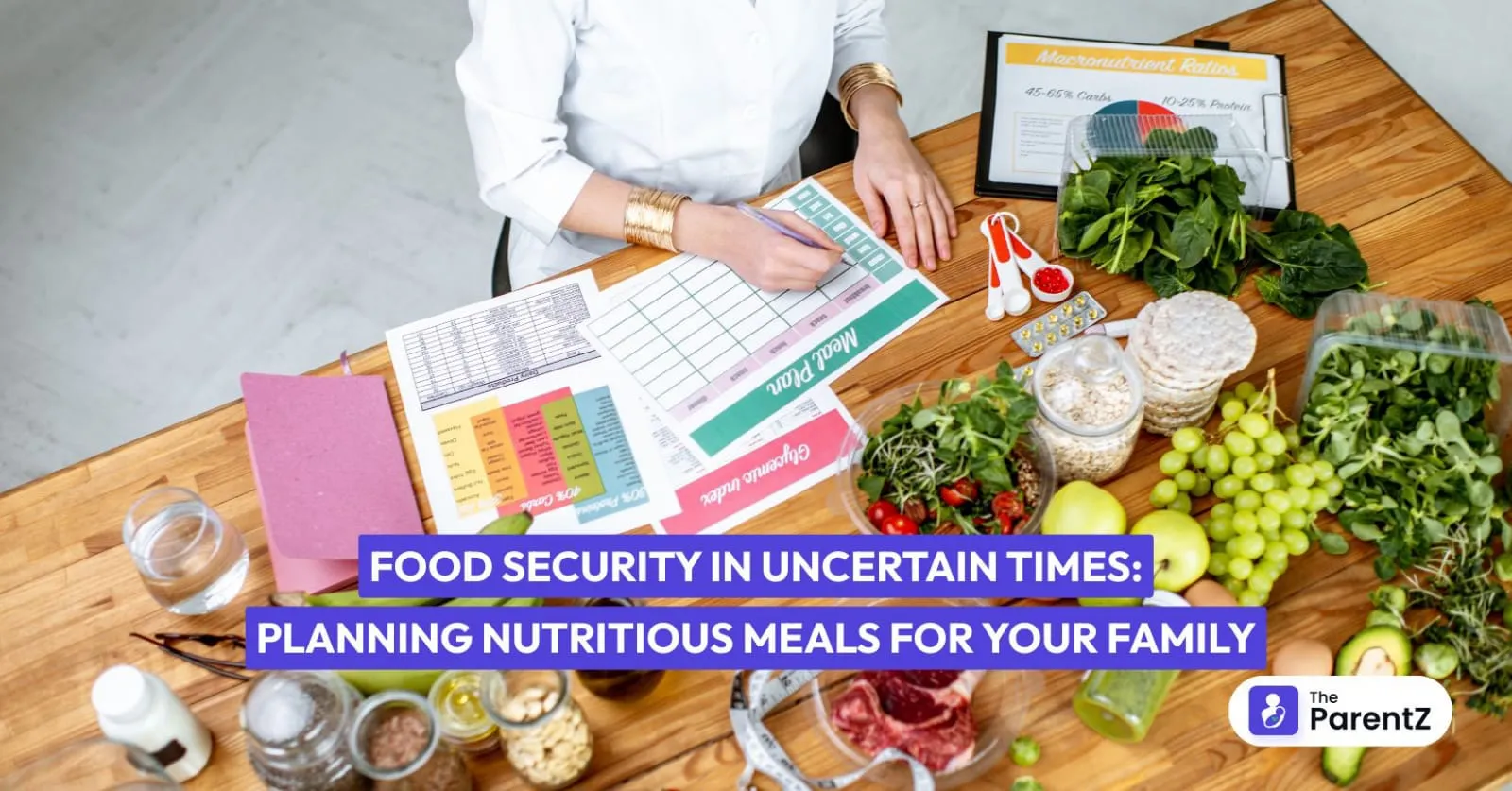Life sometimes throws curveballs. Blackouts, storms, supply chain disruptions, or other emergencies can happen with little warning. When these uncertain times hit, having a plan for feeding your family nutritious meals becomes incredibly important. This isn't about extreme prepping—it's about practical steps any household can take to ensure everyone stays well-fed even when things get challenging.
Understanding Food Security Basics
Food security means having reliable access to adequately nutritious food for everyone in your household. During emergencies like extended power outages or supply disruptions, this becomes trickier but not impossible with proper planning.
The goal isn't just calories—it's nutrition. Many families focus only on having enough food, forgetting that balanced nutrition matters even more during stressful situations when the immune systems need extra support.
Creating Your Emergency Food Plan
Step 1: Take Stock of What You Already Have
Most kitchens already contain items that work well in emergencies. Walk through your pantry and note shelf-stable foods like:
- Canned beans, vegetables, and fruits
- Whole grain crackers and cereals
- Nuts and nut butters
- Dried fruits
- Shelf-stable milk alternatives
These everyday items form the foundation of your emergency food supply without requiring special purchases.
Step 2: Plan for Different Scenarios
Different emergencies require different approaches:
Short Power Outages (1-2 days):
- Focus on using perishables in the refrigerator first
- Keep coolers ready for transferring frozen items if needed
- Have no-cook meal options prepared
Extended Power Outages:
- Shelf-stable foods become essential
- Consider alternative cooking methods (camp stove, grill)
- Meal planning becomes crucial to conserve resources
Supply Chain Disruptions:
- Rely on stored pantry staples
- Implement creative substitutions in recipes
- Focus on nutrient-dense options
Common Mistakes to Avoid
Mistake #1: Overlooking Water Needs
Food preparation requires water, and hydration becomes even more important during stressful situations. Many families stock food but forget about water. Plan for at least one gallon per person per day for drinking and food preparation.
Mistake #2: Not Accounting for Specific Dietary Needs
Remember that special dietary requirements don't disappear during emergencies. Anyone with allergies, medical conditions, or dietary restrictions will still need appropriate options. This often-overlooked detail can become serious during extended emergencies.
Mistake #3: Storing Foods Nobody Likes
Emergency situations are stressful enough without trying to convince family members to eat unfamiliar foods they dislike. Stock emergency supplies with some familiar, well-liked options that provide comfort during difficult times.
Nutritious No-Cook Meal Ideas
When the power goes out, having ready-to-eat options that don't require cooking becomes essential:
- Peanut butter on whole grain crackers with canned fruit
- Tuna and bean salad using canned ingredients
- Overnight oats prepared before a predicted storm
- Trail mix with nuts, dried fruits, and whole grain cereal
- Wraps using tortillas, canned beans, and vegetables
Building a Rotating Pantry System
Rather than buying special "emergency food," consider developing a rotating pantry system where you:
- Gradually purchase extra shelf-stable items that your family already eats
- Store items properly with clear expiration dates
- Use older items regularly and replace them with fresh stock
- Maintain an inventory so you know what's available
This approach ensures nothing goes to waste while maintaining a fresh emergency supply.
Often Overlooked Essentials
Beyond the obvious food items, don't forget:
- Manual can opener (crucial but commonly forgotten!)
- Paper plates and utensils to conserve water
- Multivitamins to fill nutritional gaps
- Baby food and formula, if needed
- Pet food supplies
- Comfort foods that boost morale
Adapting to Seasonal Challenges
Food security planning looks different throughout the year:
Summer Emergencies:
- Focus on hydration and electrolyte balance
- Consider which foods might spoil more quickly in heat
- Plan for no-cook options that remain appealing in hot weather
Winter Emergencies:
- Higher calorie needs for maintaining body temperature
- Ways to prepare warm foods with limited resources
- Using cold outdoor temperatures for temporary food storage
Conclusion
Preparing for uncertain times doesn't require extreme measures or complicated systems. By thoughtfully building your pantry, understanding your family's nutritional needs, and planning for different scenarios, you can create food security that sustains everyone through challenging periods.
The peace of mind that comes from knowing your family will remain well-nourished regardless of external circumstances is worth the small effort it takes to prepare. Start with simple steps today, and gradually build your household's resilience for whatever tomorrow might bring.
Remember: the best emergency food plan is one that fits seamlessly into your normal life while offering protection when unusual circumstances arise.









Be the first one to comment on this story.